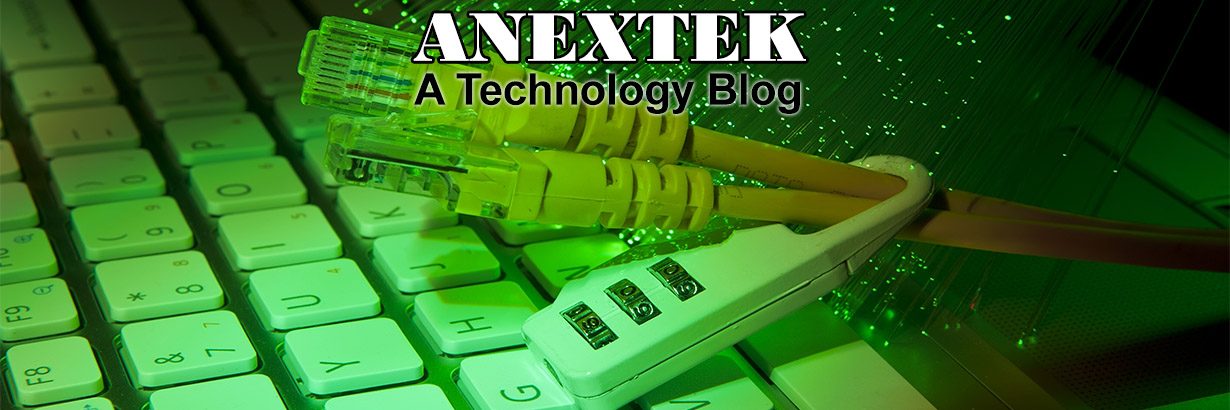Written by: Denton Vacuum, LLC
Today’s medical devices aren’t just for survival. They can actually help patients fight off infections, and work within their bodies without intruding on them. Catheters, once the bane of aging patients and those with urinary infections, now slip into the body with minimal discomfort. Infection rates are reduced when manufacturers utilize vacuum coating systems to engineer their products.
Advanced Techniques
Vacuum metalizing is a process used in the creation of medical monitoring devices, and other apparatuses that are susceptible to electromagnetic interference. A thin film of metal is applied to the inner “mask” of the device, which consumers might call the “face plate.” This thin film of metal does not obstruct the process of threading anything together; it allows the product to fit together as seamlessly as it could the moment it left the assembly line. Sometimes an upgrade, sometimes a standard part of the manufacture of a device, this coating is now more important than ever given the amount of electronics in use at your local hospital.
Lubricants
Lubricants applied to a device help to reduce the amount of friction that object creates as it enters the body. The device in question is typically inserted into the patient, usually via an opening in the skin or one made through surgical means. Manufacturers that utilize a vacuum evaporation system to apply lubricants deliver a product that is better able to stand up to continued use.
Lubricants save lives. This technology shortens patient recovery times and makes it easier for patients who must wear these devices to manage their daily lives.
Bio: Denton Vacuum, LLC manufactures high-quality devices used in vacuum metalizing and other advanced manufacturing operations.
